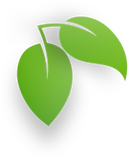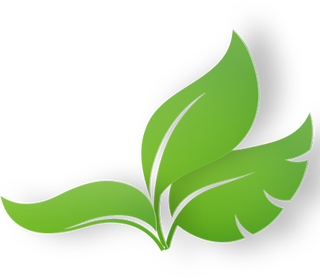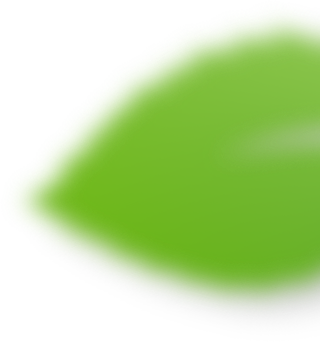ResearchBegins
WhenIreturnedtoThailandlastyear,thefirstgoaloftheresearchwastodocumentwhichplantsmahoutswereusingtotreatsickelephants.Iwantedtorecordhowtheyusedtheseplantsandforwhathealthcomplaints.IsetouttovisitfourKarencommunitiesscatteredacrossnorthernThailand.Ateachone,Iworkedwithaninterpretertoexplaintovillageleaders,elephantcampowners,andmahoutswhyIwasinterestedintheirknowledgeandhowIwouldusetheinformationtheyprovidedforme.Theyagreedtohelp.So,wesetupinterviewswiththemostknowledgeablemahouts.Weaskedthemtodescribewhatplantstheyusedforelephant medicine.
OneofthegreatestchallengesIfacedintheresearchwasthelanguage.IspeakEnglishandamjuststartingtolearnThai.TheKarenpeoplespeaktheirownlanguage,Pakinyaw.ManyalsospeakThai,whichtheylearnforschoolandbusiness.Thereweremanytimeswhenmyquestionshadtobetranslatedtwice!Thiscanbeadifficultwaytowork.Luckily,Ihadgreatinterpreterstohelp.Withpatience,lotsofrepetition,andthewillingnesstorephrasedifficultquestions,wemade progress.

Myanmar
Thailand
300 miles
300 kilometers
Thai Elephant
Conservation Center
Karen people

Asia
Thailand
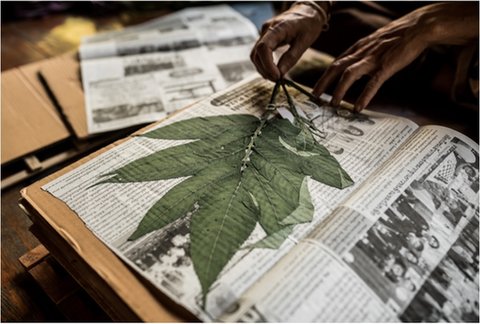
Thisplantisusedtotreatbrokenbonesinhumansand elephants.
Afteraseriesofinterviews,Iwouldaskthemostknowledgeablemahoutstobringmeintotheforest.There,Icollectedsamplesofkeyplantsandcarefullydriedtheminaplantpress.Later,thesesampleswouldbepreparedasbotanicalspecimens.Thentheywouldbeidentifiedanddepositedatalocalherbarium,whichisakindoflibraryforplant specimens.
AnalyzingData
Afterseveralmonthsofwork,wehadlearnedabout34plantspeciesusedbytheKarentocarefortheirelephants.Together,theseplantswereusedinmorethan
40different treatments.
Themostcommonusewasasatonic.Itkeepstheelephantshealthy,increasestheirenergy,andhelpswithdigestion.Manykindsofroots,barks,leaves,andstemsaremashedtogethertomake
this tonic.


Iuseaspecialpresstopreserveplant specimens.
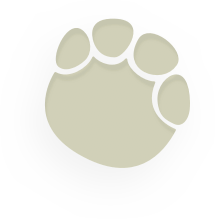





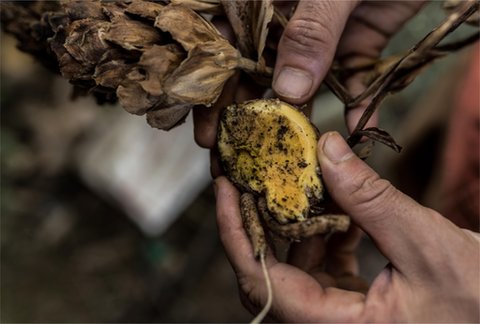
Thestemanddriedflowerofthisplantarefedtoelephantstotreat indigestion.
Raworcookedriceisaddedtothetonic,aswellastamarindfruitsandbananas.Themahoutsmakeballsorpelletsofthismixture.Theyfeedoneormoretotheelephantseachday.Ifanelephantisold,sick,orpregnant,itisgivenmoredosesofthe tonic.
Otherplantswereusedtotreatwounds,eyeproblems,indigestion,brokenbones,skinproblems,fatigue,snakebites,andtohelpelephantmothersproducemoremilkfortheirbabies.Themedicinesaregiventotheelephantsindifferentways.Forinstance,theplantsthathelpamotherproducemoremilk—bananaflowerandgingerroot—arefeddirectlytoamotherelephant.Plantstohelpeyeproblemsaregroundupandplaceddirectlyintheeye.Other plantsareboiledinwaterforalongtime(justliketea!)andthengiventotheelephantstodrinkorrubbedonto
their skin.
RecordingData
Numberofplantsusedformedicaltreatmentsof elephants:

1
Skin
1
Fatigue
2
Snakebites
2
Milk production
2
Broken bones
3
Indigestion
5
Eye problems
5
Internal injuries
8
Wounds
13
Health tonic
Theseplantpartsarethemostcommonlyusedforelephant medicine:
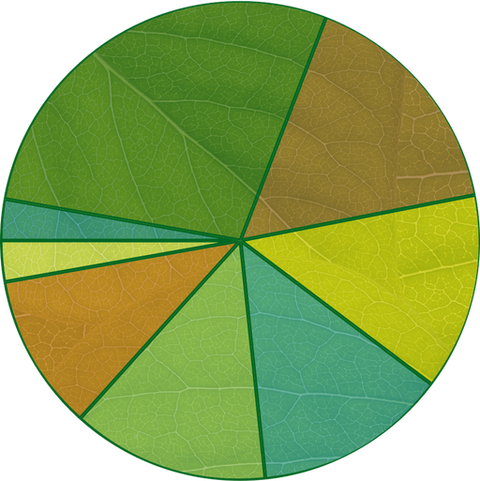
Bark
32%
Stems
18%
Roots
15%
Whole
plants
15%
Fruits
15%
Leaves
12%
Flowers 3%
Seeds 3%
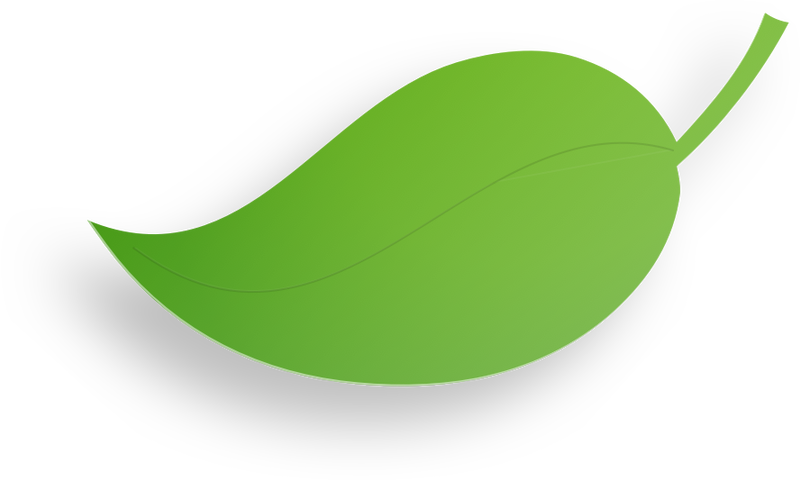
HerearesomeofthedataI collected.
